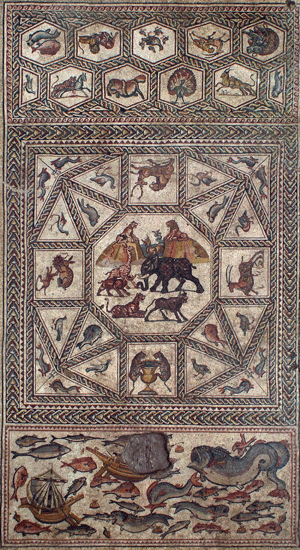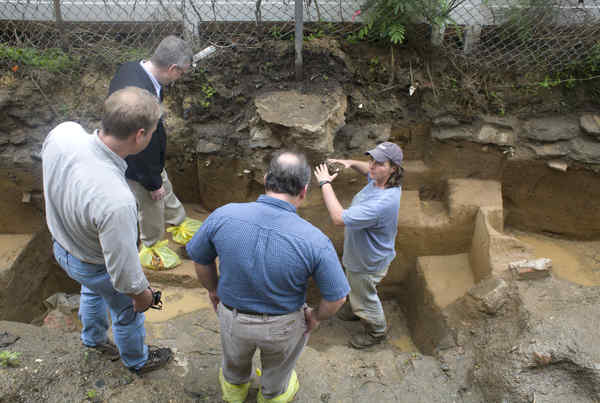
RESEARCHERS yesterday began excavation work in the Zhoukoudian Caves in a suburb of Beijing, where the skulls of Peking Man, or Homo erectus, were found in the 1920s and 1930s.
The work will help scientists gain a better understanding of the lives of early humans.
Researchers will excavate 20 square meters along the western wall of the site, called Locality 1, Gao Xing, deputy director and research fellow of the Chinese Academy of Sciences Institute of Vertebrate Paleontology and Palaeoanthropology, said yesterday.
Locality 1, where the first complete skull of Peking Man was found, used to be a 20-meter-wide, 140-meter-deep cave, but the ceiling collapsed. The four-month project aims to protect the western wall from further collapse, he said.
Read more here.





















